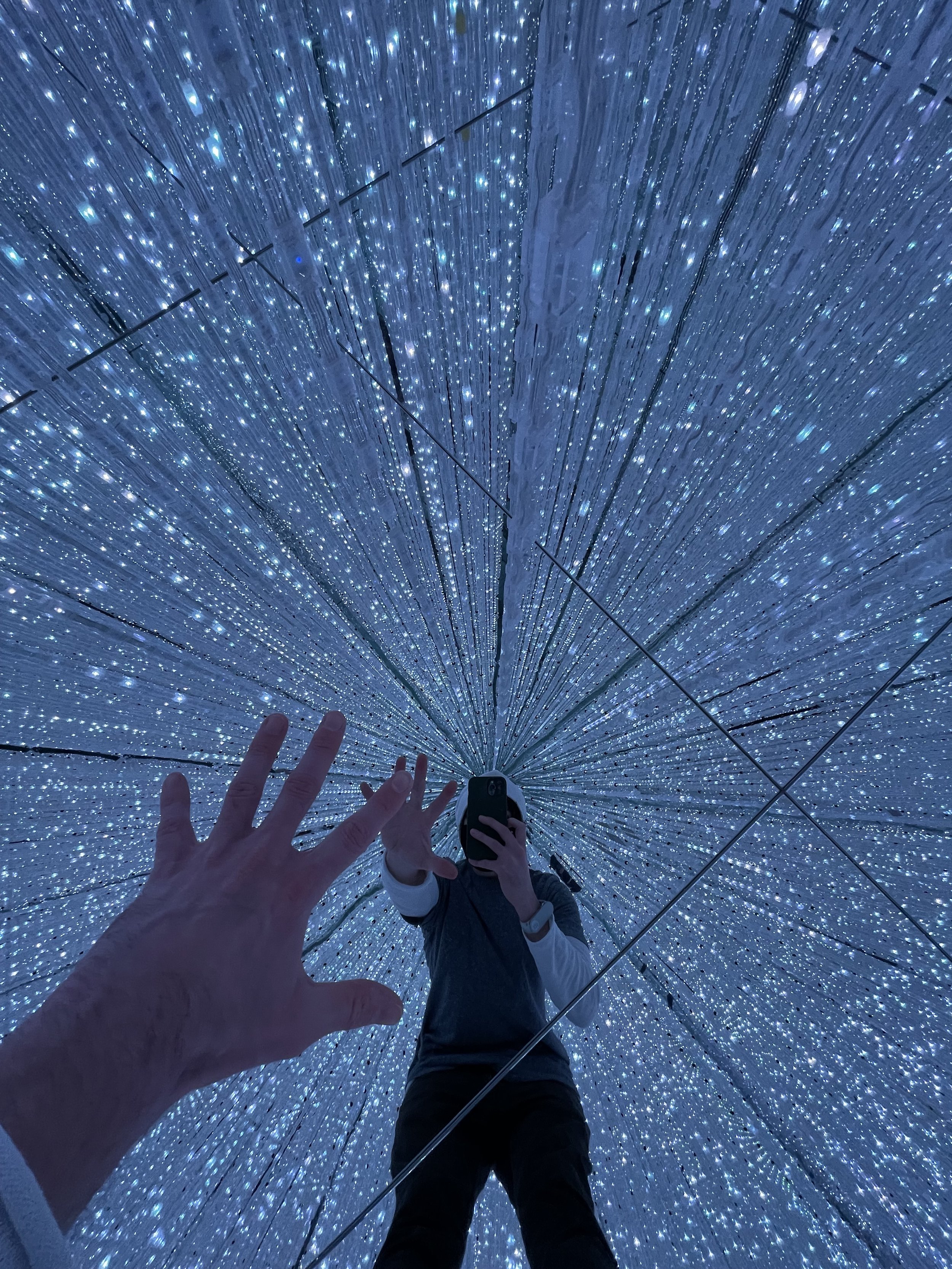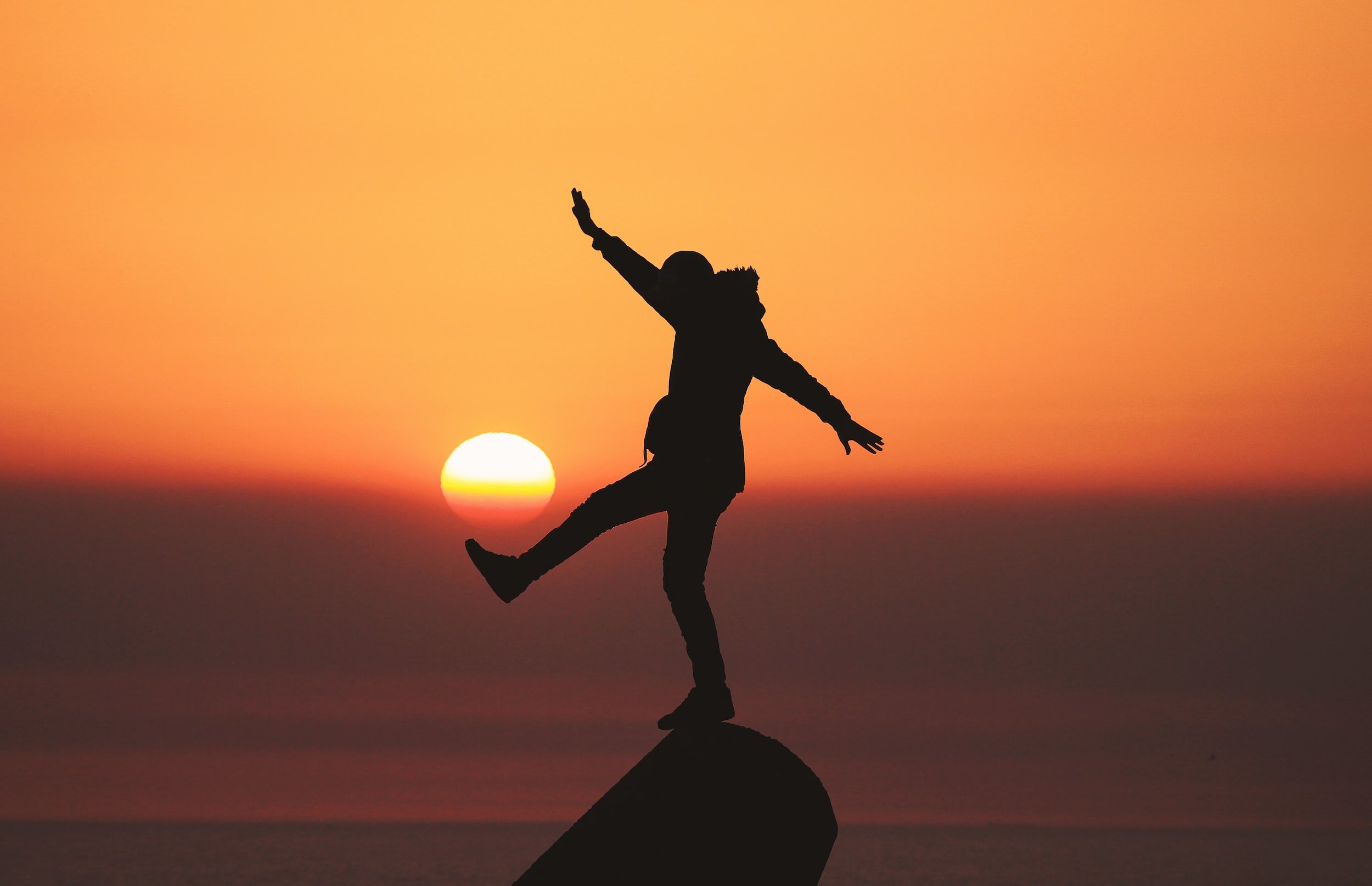How Are Music and Art Related? (templates, stories + 4 more)
I’m a musician and an artist and I love making stuff – especially with a guitar or a blank canvas.
So, how are music and art related? In more ways than one – they’re quite close.
Art and music dance in lots of interesting ways. So this list highlights the biggest examples I notice.
So let’s get to it.
1. They Use the Same Creative Template
Music and art use the same creative template.
Of course, every artist will have a slightly different approach to things, but I feel like this template is fairly adaptable.
It’s a system that maps out the general process of going from idea to something more real. It looks like this:
Ideation
Most projects start as an idea – some abstract conceptualization concocted in our minds.
I have different documents and digital notes where I organize all my ideas.
I use this list for inspiration and as a first step for turning something into a reality.
It’s the first phase of my creative template.
Drafting
Drafting is expanding on an idea, fleshing out some general details and deciding on its direction.
For art, drafting starts in my sketchbook. For music, it starts in my Voice Memos app.
There’ll likely be multiple drafts and this phase is all about finding the right structure, sound and scope of a project.
Outlining
After you’ve drafted the core direction and details of your idea, it’s time to outline things.
For art, this could be sketching in my outline on my final canvas.
For music, this would be building out the main structure and design of a song in my DAW (no effects or fancy stuff).
The focus for outlining is always about getting the core structure down.
Coloring
Once a project’s outline is mapped out, it’s time to start filling in the details and bringing it to life.
For art, that means shading, coloring, thickening lines, and so on.
For music, this means sound selection, layering, effects, adding in ear candies…and more.
It’s the last stage of a creative project before it’s “finished”.
2. Storytelling, Aesthetic Experience + Inspiration
Art and music both tell stories and usually (sometimes) have a purpose or message.
Both evoke powerful emotional responses and offer epic aesthetic experiences.
Both inspire each other.
Music and art share in the creative task – nay, the creative duty – of telling stories, inspiring us and making our environments way more interesting.
3. Both Struggle With Finish Lines
When is a creative work ever really finished?
I suppose this is somewhat of a universal truth to all things – that is, there are no finish lines.
Still, for music and art, it’s sometimes hard to say when something is done. There’ll always be an extra nuance or dot of paint that could be added (or taken out).
It’s a creative skill knowing when to add something (and when to not).
It’s creative intuition knowing when a project is finished.
(until you wake up the next morning, rushing to change something)
4. Both Require Vulnerability + Self Awareness
My best work always happens when I’m being true to myself (and not trying to be someone else).
This requires artistic self confidence and clarity on what I’m doing and why.
Vulnerability and self awareness connect art and music.
For example, singing without emotion and connection to the lyrics can feel too robotic (it’s not all about having the perfect technique).
And artwork that’s attached to a deeper meaning that’s close to the artist just resonates differently.
So, vulnerability and self awareness, they’re two tools that art and music can’t do without.
5. Both Need Some Creative Patience
Great art and music can (and often is) spontaneous.
But patience is something I’ve realized is a key part of the process.
Although, using urgency like timers and deadlines can be helpful, being more casual helps too.
Patience means allowing yourself to get into a flow state. It means being able to take time away for some much needed clarity and it means not forcing ideas or solutions.
Often, my projects go through a ton of iterations and changes before they get to a point where I’m happy.
This iterative process requires a lot of testing, stepping away, practicing and…yep, patience.
One truth is, whenever I give myself time and stay patient with my projects (a painting, producing a new song), the quality is always better.
This isn’t exactly a groundbreaking insight, but I still forget it…
6. Sensory Amplification
A recent trip I took to teamLAB Planets in Tokyo.
I like to think that music is what art sounds like and art is what music looks like.
Melodies pick up where paint leaves off (and paint tells stories where melodies can’t).
But the two compound on each other when combined, like sensory amplification.
For example, consider how an art show is amplified when the right music is added to the atmosphere.
One stark example that comes to mind is teamLAB Planets in Tokyo (the image just above).
And how videos add a whole new layer and meaning to music.
Both creative works amplify each other.
Want More? Okay. Here’s More.





